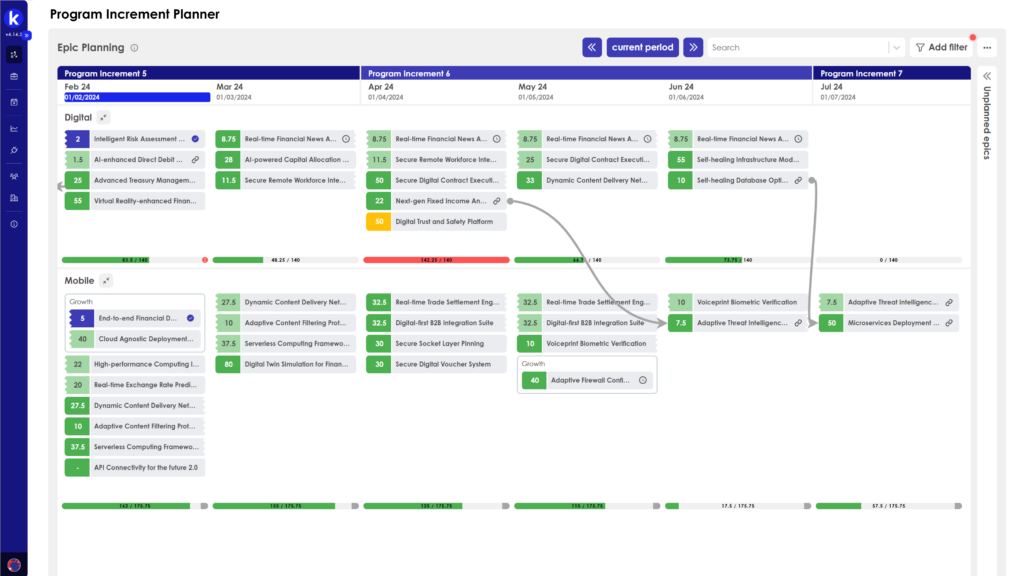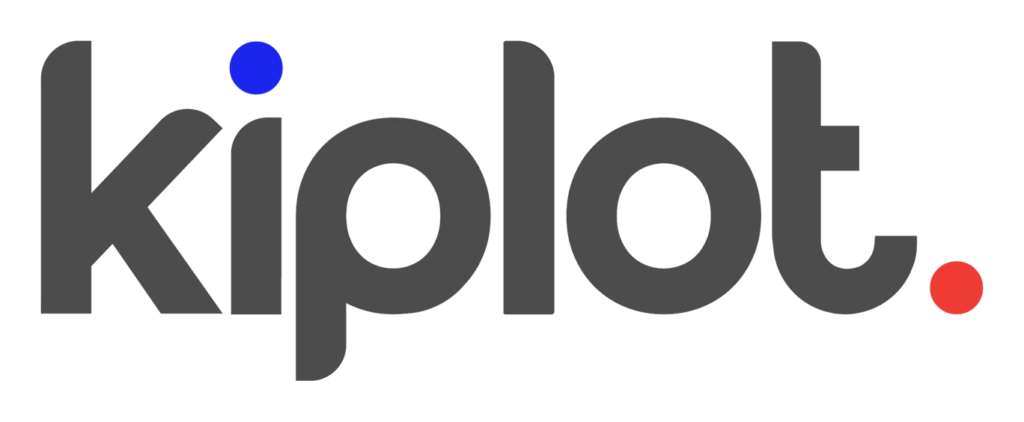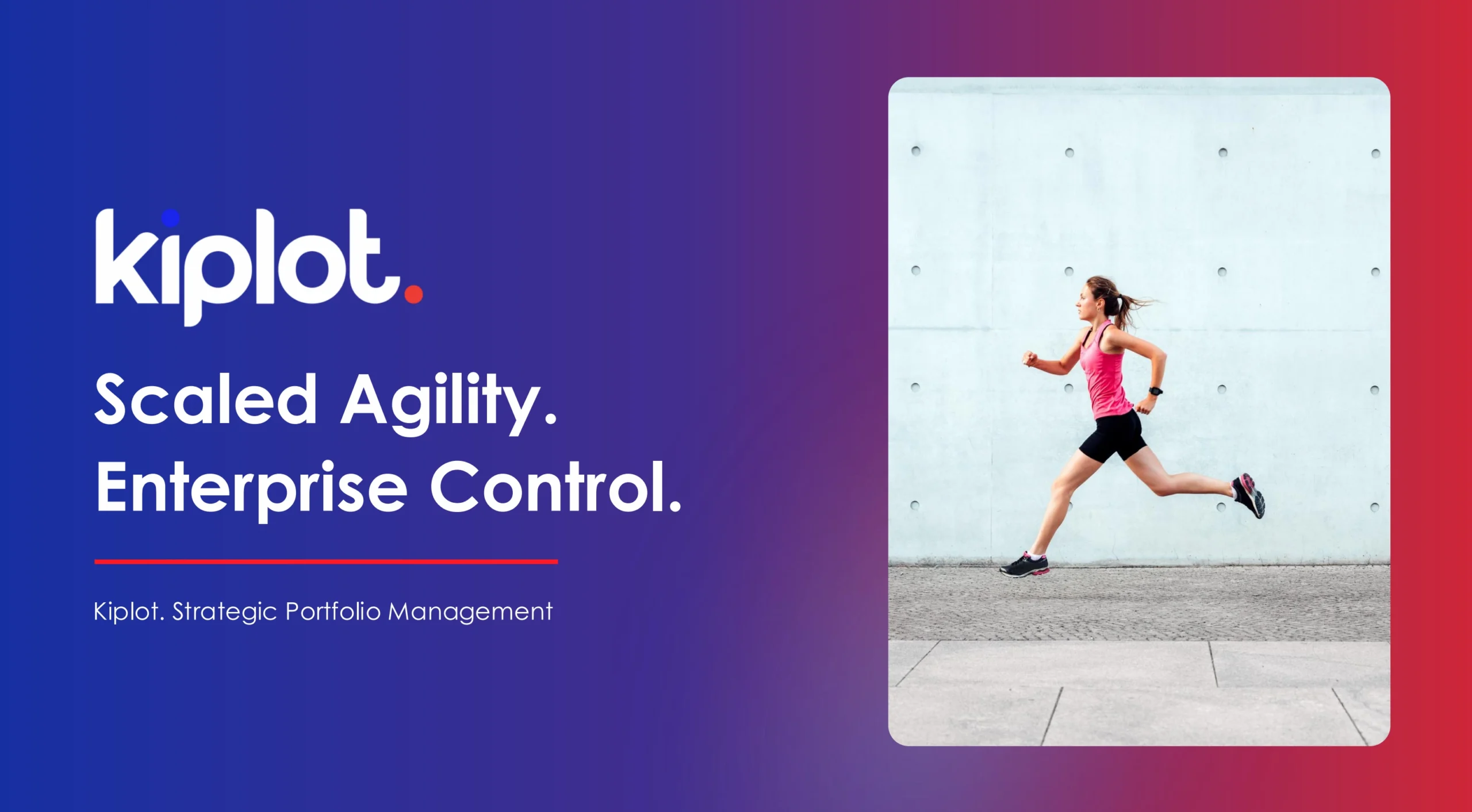What is PI Planning?
At its core, PI Planning (Program Increment Planning) is high level planning for sprints, typically focusing on the next 12 weeks or 6 sprints. It can be thought of as a “sprint of sprints”.
In the Scaled Agile Framework (SAFe), PI Planning is a pivotal event aimed at ensuring alignment, collaboration, and synchronization across multiple teams within an Agile Release Train (ART). This event, occurring every 8-12 weeks, involves all ART members, including stakeholders, product managers, and team members.
Even outside the context of ARTs and Value Streams, PI Planning serves as a crucial event where teams collectively plan for the upcoming 12 weeks.
💡 An Agile Release Train (ART) is a key concept in the Scaled Agile Framework (SAFe), which is used to organize and manage large-scale agile initiatives. The ART aligns teams to a common mission and vision and synchronizes their efforts to deliver value through a series of iterations and Program Increments (PIs).
PI Planning is integral to lean portfolio management (LPM). Whether adopting SAFe or other agile methodologies, PI Planning remains essential for organizations implementing agile practices.
Typical PI Planning schedule:

Benefits of PI Planning in Agile Organizations
Effective PI Planning offers several benefits that significantly enhance value delivered, and agility achieved by an organization. By adopting a structured and collaborative approach to PI planning, agile organizations can realize the following benefits:
Enhanced Alignment
PI Planning ensures that all teams are aligned with the organization’s strategic goals and objectives. This alignment is crucial for maintaining a cohesive approach to initiative execution, where teams understand how their work contributes to the overall direction of travel of the organization.
A shared understanding of priorities and goals enables PI Planning to eliminate silos and promotes a unified direction. This helps in avoiding redundant efforts and ensures that resources are directed towards the most impactful initiatives that deliver the greatest value. Regular alignment checkpoints during PI Planning also help in adapting to any changes in strategic direction, keeping teams on the same page.
Improved Collaboration
PI Planning brings together all teams, stakeholders, and leaders to collaborate and synchronize their efforts. This enhances teamwork and fosters a culture of collective problem-solving – another key cornerstone of Agile methodology.
During PI Planning sessions, cross-functional teams are encouraged to engage in open discussion, identify dependencies, and co-create solutions. This collaborative process encourages knowledge sharing and leverages diverse perspectives.
Streamlined Dependency Management
Effective dependency management between teams is a critical benefit of PI Planning. By identifying and addressing dependencies early, teams can significantly reduce handoffs, a key agile concept that minimizes delays and enhances flow.
During PI Planning sessions, cross-functional teams engage in open discussions to map out dependencies and inter-team interactions. This collaborative approach ensures that everyone understands how their work impacts others, fostering a sense of shared responsibility and coordination. By proactively managing these dependencies, teams can avoid bottlenecks and ensure smooth progression of tasks.
Reducing handoffs not only accelerates delivery but also enhances the quality of outcomes. With fewer interruptions and smoother transitions between teams, the overall workflow becomes more efficient and predictable. This leads to faster time-to-market and higher customer satisfaction, as teams can deliver value more consistently and reliably.
Predictable Delivery
With clear objectives for the program increment, teams can better predict delivery timelines and outcomes. This predictability allows for more accurate forecasting and resource allocation – both critical concepts for organizations striving towards agile maturity.
Predictable delivery is achieved through detailed planning and setting realistic milestones during PI Planning. Teams break down their work into manageable increments, track progress, and adjust forecasts dynamically, enhancing the accuracy of delivery forecasts and fostering more transparent expectation management.
Risk Management
PI Planning sessions provide an opportunity to identify potential risks and dependencies early. By addressing these risks proactively, teams can mitigate issues before they become significant blockers and impact delivery.
Effective risk management during PI Planning involves identifying, analyzing, and prioritizing risks. Teams use tools like the ROAM (Resolved, Owned, Accepted, Mitigated) framework to categorize risks and develop mitigation strategies. Proactive risk management helps in minimizing disruptions and ensures that teams are prepared to handle uncertainties and maintain stability.
💡 The ROAM framework ensures that all potential risks are identified, assessed, and addressed systematically, enhancing the effectiveness of PI Planning and reducing the likelihood of unexpected issues impacting the initiative.
Strategic Focus
PI Planning ensures day-to-day work aligns with the organization’s strategic goals and priorities. This focus ensures that resources are allocated to the most critical initiatives, maximizing the value delivered to the business.
Strategic focus during PI Planning involves setting clear objectives that are aligned with the organization's long-term vision. By prioritizing initiatives that have the highest strategic value, organizations can ensure that their efforts contribute meaningfully to their goals. This alignment of strategic priorities with day-to-day operations helps drive sustained growth and value delivery.
However, despite it’s importance, organizations face threats to efficiency during PI Planning sessions. Understanding and addressing these common threats is essential for organizations to maximize both value obtained from PI planning and value delivered to the organization.
Below, we will delve into common pitfalls Agile organizations encounter during PI Planning and provide practical solutions to address them.
Pitfalls to Avoid with PI Planning
PI Planning is integral to leveraging the full potential of the Scaled Agile Framework (SAFe), but common obstacles can undermine its effectiveness and overall organizational agility. By proactively addressing these challenges, organizations can ensure that their PI Planning sessions are productive, collaborative, and aligned with strategic goals, prioritizing value delivery according to SAFe or Agile principles.
Insufficient Preparation
One of the most common pitfalls organizations face during PI Planning is a lack of preparation. Without proper preparation, planning sessions can become chaotic and unproductive, leading to incomplete plans and overlooked risks, impacting the overall effectiveness of the PI Planning process and the success of the program increment.
Lack of preparation often manifests as team members arriving at the PI Planning session without having reviewed necessary materials, such as the program backlog, vision, and objectives. Unpreparedness can lead to ineffective discussions, unclear priorities, and missed opportunities to address critical dependencies and risks.
Mitigation Approaches
- Clear Agenda: Develop a clear agenda that is understood by all attendees and distributed well in advance of the session. This ensures that everyone is prepared and aware of the session’s structure and objectives. Not sure where to start? Have a look at our Example 2 Day PI Planning Agenda.
- Pre-Planning Activities: Conduct pre-planning activities to ensure that all necessary information and resources are available before the PI Planning session. This includes reviewing the program backlog, setting clear objectives, and identifying key stakeholders and dependencies.
- Clear Objectives: Define clear and achievable objectives for the PI Planning session. Ensure that all team members understand these objectives and how they align with the organization's strategic goals.
- Resource Availability: Ensure that all necessary resources, such as documentation, tools, and stakeholder input, are available and accessible before the planning session. This preparation allows teams to focus on productive discussions and decision-making during the session.
- Training and Guidance: Provide training and guidance to team members on how to effectively prepare for PI Planning. This includes best practices for reviewing materials, identifying dependencies, and prioritizing tasks.
Ineffective Communication
Ineffective communication in the context of PI Planning can lead to misaligned goals, unclear priorities, and unresolved dependencies. This issue often stems from lack of transparency, inadequate information sharing, and poor execution between and levels within the organization.
Mitigation Approaches
- Regular Check-Ins: Schedule regular check-ins before, during, and after PI Planning to ensure that all teams and stakeholders are aligned and informed.
- Transparent Communication Channels: Establish clear and transparent communication channels, such as dedicated Slack channels or regular calls, to facilitate open dialogue and information sharing.
- Effective Facilitation: Ensure that PI Planning sessions are effectively facilitated, with a clear agenda and structured discussions to keep participants focused and on track.
- Documentation and Sharing: Document key decisions, plans, and actions during the PI Planning session and share them with relevant parties to ensure alignment.
Inefficient Dependency Management
Managing dependencies between multiple teams can be challenging, especially in large organizations. Dependencies can create bottlenecks in the workflow, delays to delivery timelines, and conflicts between teams if not identified and addressed early.
Mitigation Approaches
- Early Identification: Identify dependencies early in the planning process and document them clearly. Use tools like dependency matrices to map out and visualize dependencies.
- Ongoing Management: Establish mechanisms for ongoing management and resolution of dependencies, such as regular dependency review meetings or dedicated roles for dependency management.
- Clear Communication: Ensure clear and open communication about dependencies between all teams involved. Use collaboration tools to track and manage dependencies in real-time.
- Risk Mitigation: Develop contingency plans to mitigate the impact of dependencies, such as allocating buffer time or having backup resources available.

Time Management & Scheduling
Inadequate time management during Agile PI Planning sessions can lead to rushed decisions, incomplete plans, and participant fatigue. Without proper time management, planning sessions can become unproductive and fail to achieve their objectives.
Mitigation Approaches
- Strict Agenda: Develop and adhere to a strict agenda, allocating specific time slots for each activity and discussion.
- Facilitator Role: Assign a facilitator to keep the session on track, manage time, and ensure that discussions remain focused and productive.
- Breaks and Pacing: Schedule regular breaks to prevent fatigue and maintain high energy levels throughout the session.
- Prioritization: Prioritize critical discussions and decisions, ensuring that the most important topics are addressed first.
💡 Click here to view an example two-day agenda for a PI Planning event.
Lack of Stakeholder Engagement
Insufficient involvement of key stakeholders can lead to misaligned priorities and unrealistic expectations during PI Planning. Stakeholders play a crucial role in providing strategic direction, setting priorities, and ensuring that initiatives align with organizational goals.
Mitigation Approaches
- Early Involvement: Involve stakeholders early in the planning process to ensure their input is considered from the start.
- Regular Updates: Provide regular updates to stakeholders on progress, challenges, and key decisions.
- Collaborative Sessions: Encourage stakeholders to actively participate in PI Planning sessions, providing their insights and feedback.
- Clear Roles and Responsibilities: Define clear roles and responsibilities for stakeholders, ensuring they understand their contributions to the planning process.
💡 Leverage visualization tools such as Portfolio Kanban to drive in-event engagement.
Tooling and Technical Challenges
Inadequate or inefficient tools can hinder the PI Planning process, especially in remote or distributed teams. Technical challenges can disrupt communication, collaboration, and the overall flow of the planning session.
Mitigation Approaches
- Reliable Tools: Invest in reliable tools and technologies that facilitate collaboration, communication, and real-time updates.
- Training and Support: Provide training and support to ensure that all team members can use the tools effectively.
- Backup Plans: Develop backup plans to mitigate the impact of technical issues, such as having alternative communication channels or redundant systems.
- Continuous Improvement: Regularly review and update tools and technologies to ensure they meet the evolving needs of the organization.
Cultural Resistance
Cultural resistance to change can undermine the PI Planning process and the overall organizational direction of travel towards agile. Resistance can manifest as reluctance to adopt new practices, lack of engagement, and skepticism about the benefits of agile methodology that harm the organization’s overall ambition to increase agility.
Mitigation Approaches
- Leadership Commitment: Ensure strong commitment from leadership to support and champion the agile transformation.
- Education and Training: Provide education and training on the benefits of agile practices and how they contribute to organizational success.
- Change Management: Implement change management practices to address resistance and foster a culture of continuous improvement.
- Celebrate Successes: Highlight and celebrate successes and improvements resulting from agile practices to build momentum and buy-in.
No Focus on Continuous Improvement
Failing to incorporate lessons learned from previous PIs can result in repeated mistakes and missed opportunities for improvement leading to stagnation. Continuous improvement is essential for optimizing the PI Planning process and achieving long-term success, alongside being a cornerstone of Agile methodology.
Mitigation Approaches
- Regular Retrospectives: Conduct regular retrospectives at the end of each PI Planning cycle to reflect on what went well, what didn’t, and how processes can be improved.
- Feedback Mechanisms: Establish open feedback mechanisms to gather input from all participants, ensuring that everyone has a voice in the improvement process.
- Actionable Insights: Translate feedback and retrospective findings into actionable insights and concrete steps for improvement.
- Continuous Learning: Foster a culture of continuous learning by encouraging team members to stay updated on best practices and emerging trends in agile, lean, and SAFe methodologies.
Pre-PI Planning Checklist
To ensure your PI Planning sessions are successful, it’s essential to approach them with thorough preparation. The following checklist is designed to help leaders prepare comprehensively for agile PI Planning, ensuring critical elements are considered and addressed.
By using this structured preparation checklist as a start point, you can enhance the efficiency and impact of your PI Planning sessions, ultimately driving better outcomes and more successful program increments.
| Preparation Task | Description |
|---|---|
| Review Program Backlog | Ensure that all team members have reviewed the program backlog to understand the work items and priorities. |
| Set Clear Objectives | Define clear and achievable objectives for the PI Planning session, aligning with organizational goals. |
| Identify Key Stakeholders | Identify and involve all relevant stakeholders who need to participate in the planning session. |
| Communicate Vision and Goals | Share the overall vision and goals of the program increment pre-session with all participants to ensure alignment. |
| Prepare Required Materials | Ensure necessary materials, such as program backlog, vision, objectives, and previous increment reviews, are prepared and accessible to participants. Ideally before the session. |
| Conduct Pre-Planning Meetings | Hold pre-planning meetings to align on objectives, review backlogs, and discuss dependencies and risks ahead of the main PI Planning session. |
| Review Past Performance | Analyze the outcomes of previous increments to identify lessons learned and areas for improvement. |
| Identify Dependencies | Identify and document dependencies between teams and work items to address them during the planning session. |
| Risk Assessment | Conduct a risk assessment to identify potential risks and develop mitigation strategies. Use frameworks like ROAM (Resolved, Owned, Accepted, Mitigated) to categorize risks. |
| Establish Communication Channels | Set up clear and transparent communication channels for all teams to use before, during, and after the planning session. |
| Train and Brief Teams | Ensure that all team members are briefed on the PI Planning process, their roles, and what is expected of them. |
| Set Up Tools and Technology | Prepare and test all tools and technology required for the planning session, especially if teams are distributed or remote. Ensure collaboration tools like Kanban boards, video conferencing, and document sharing platforms are functional. |
| Allocate Time for Breaks | Schedule regular breaks during the planning session to prevent fatigue and maintain high energy levels among participants. |
| Define Success Metrics | Establish success metrics to evaluate the outcomes of the PI Planning session and the subsequent program increment. |
Sprint vs PI Planning in Agile
When it comes to agile planning, understanding the differences between Sprint Planning and PI Planning is crucial. While both are essential for effective agile practices, they serve different purposes and operate on different scales.
Sprint Planning focuses on planning for a single sprint, typically lasting 1-4 weeks, and involves only the Scrum team members. Its primary objective is to define specific tasks and goals for the sprint, resulting in a detailed sprint backlog.
In contrast, PI Planning covers a Program Increment, usually spanning 8-12 weeks, and includes multiple teams within an Agile Release Train (ART). The goal is to align teams on objectives and set comprehensive goals for the entire Program Increment, resulting in a detailed PI plan with committed features, risks, and dependencies.
Understanding these distinctions helps organizations optimize their planning processes and ensure alignment across all levels of their agile initiatives.
To further clarify the distinctions, here's a comparison between Sprint Planning and PI Planning:
| Aspect | Sprint Planning | PI Planning |
| Scope | Focuses on planning for a single sprint, typically 1-4 weeks | Plans for a Program Increment, covering multiple sprints (usually 8-12 weeks) |
| Participants | Involves Scrum team members | Includes multiple teams within an Agile Release Train (ART) |
| Objectives | Define specific tasks and goals for the sprint | Align teams on objectives and set goals for the entire Program Increment |
| Output | Detailed sprint backlog with tasks and user stories | Comprehensive PI plan with committed features, risks, and dependencies |
| Frequency | Occurs at the beginning of each sprint | Happens every 8-12 weeks before the start of a new Program Increment |
Conclusion
Effective PI Planning is part of the backbone of successful agile and lean portfolio management. By addressing common challenges early and implementing best practices, organizations can ensure that their PI Planning sessions are not just routine meetings but strategic drivers of alignment, collaboration, and delivery. The ultimate benefit of PI Planning lies in its ability to synchronize efforts, manage dependencies, and keep teams focused on delivering value in alignment with the broader organizational vision.
To further enhance your PI Planning process and overcome these challenges, read more about Kiplot’s Agile Portfolio Management (APM) and Lean Portfolio Management (LPM) solutions. Kiplot provides comprehensive tools and features that streamline PI Planning, ensuring better alignment, improved collaboration, and more effective execution. See how Kiplot specifically supports PI Planning by visiting our PI Planning Help Center.

